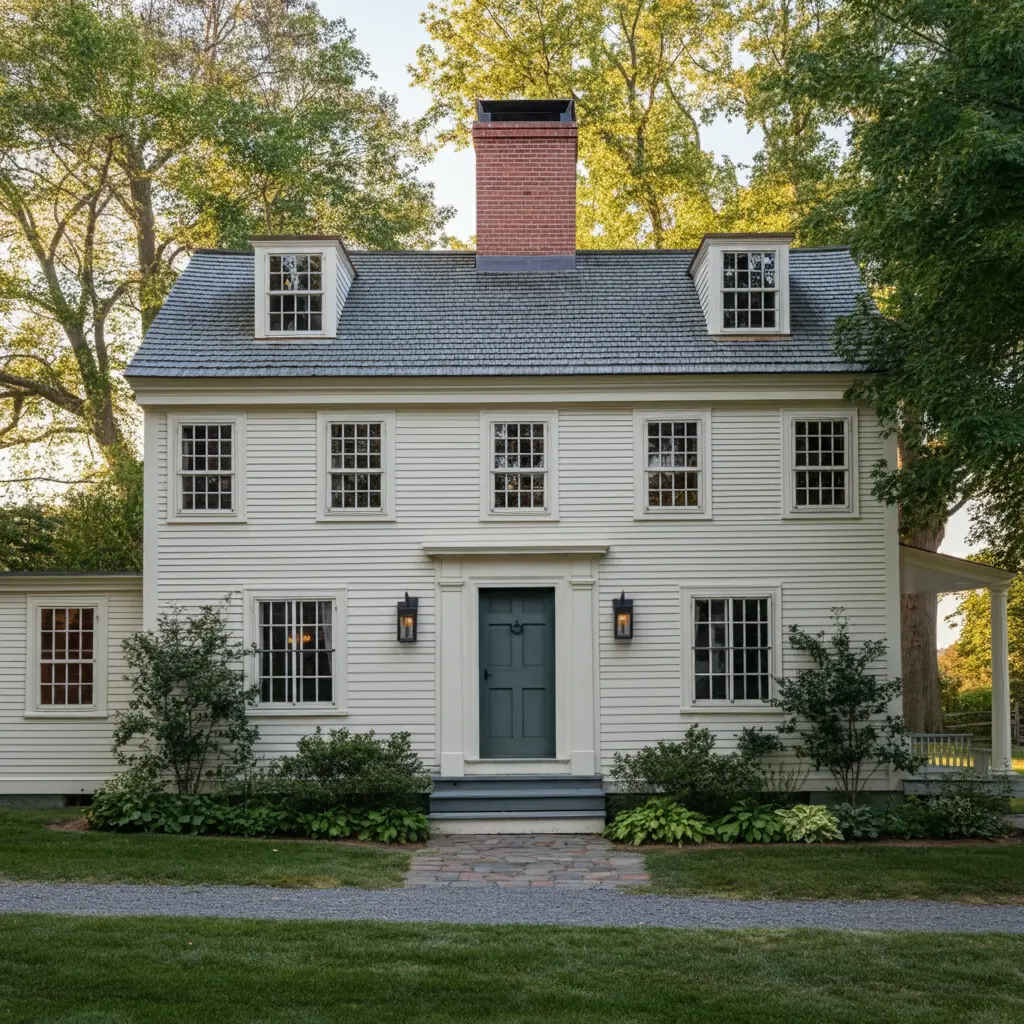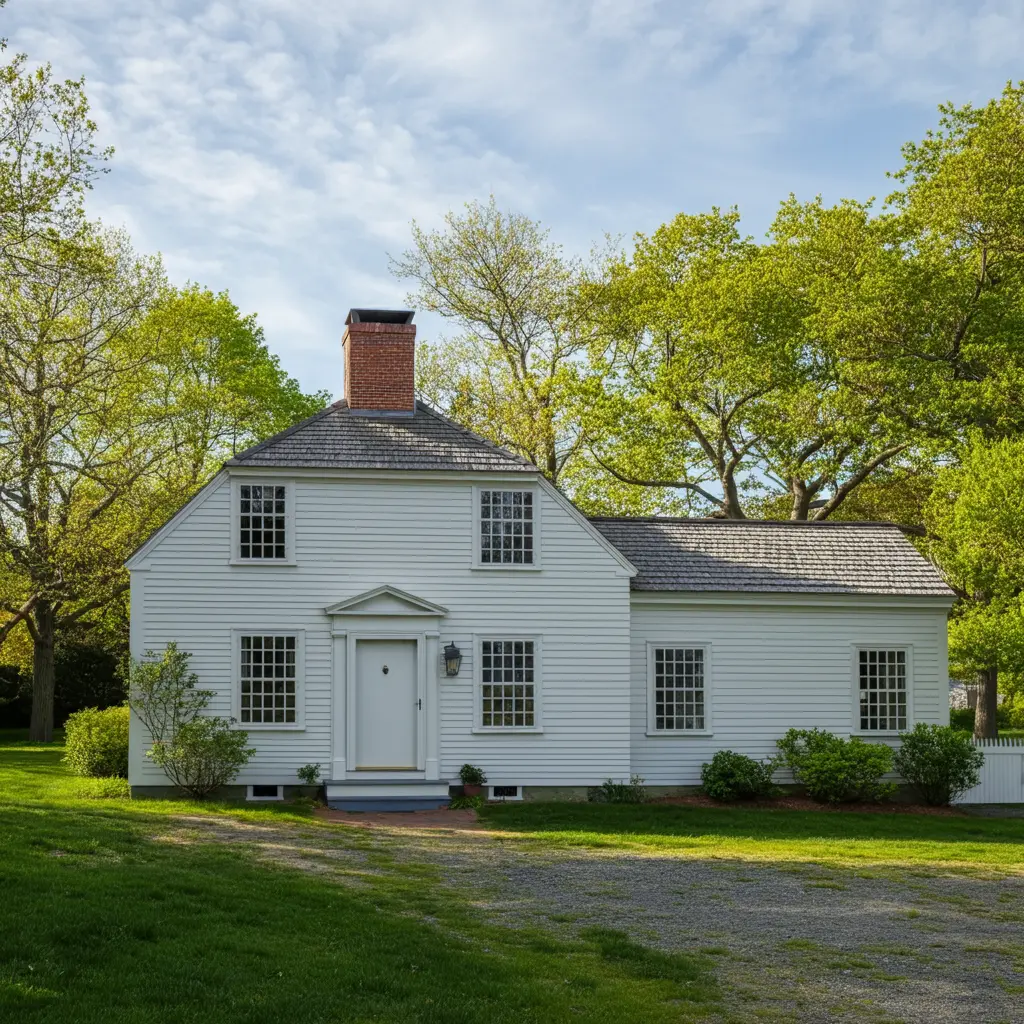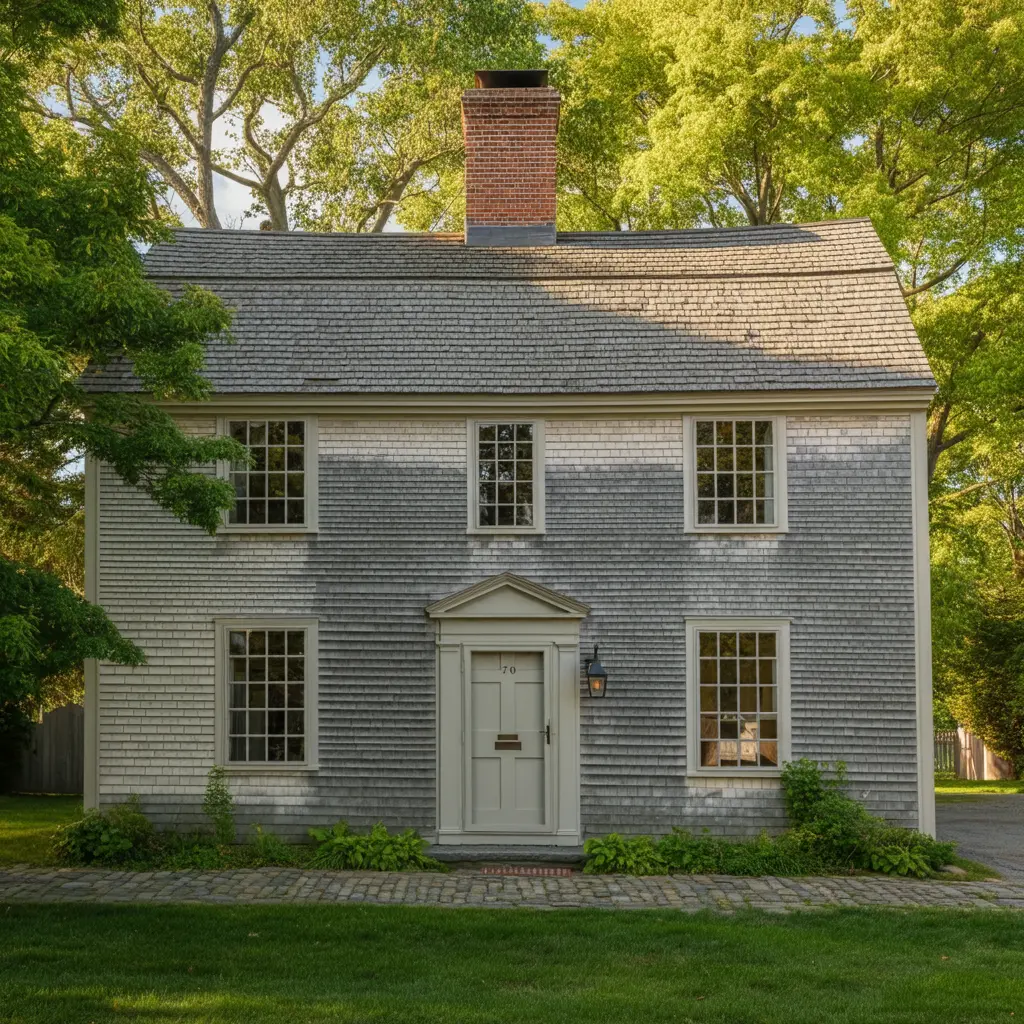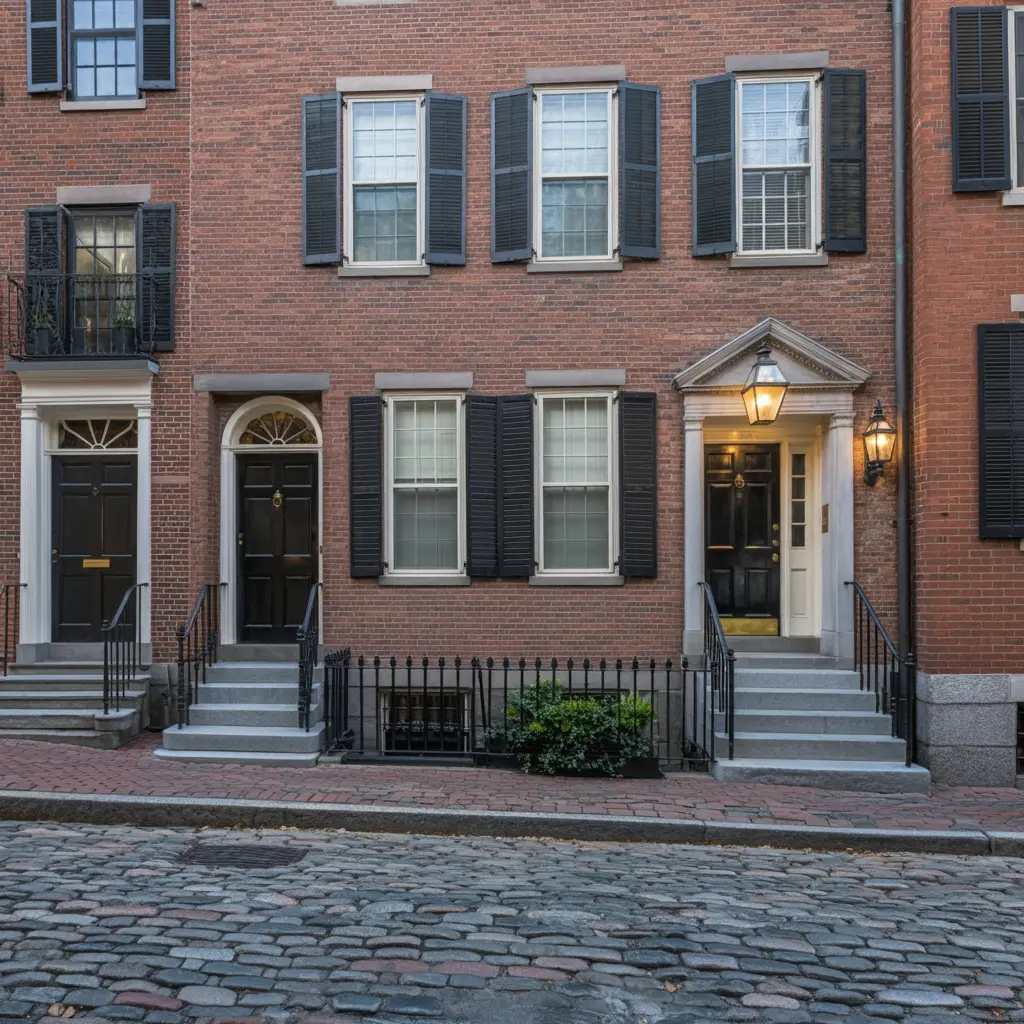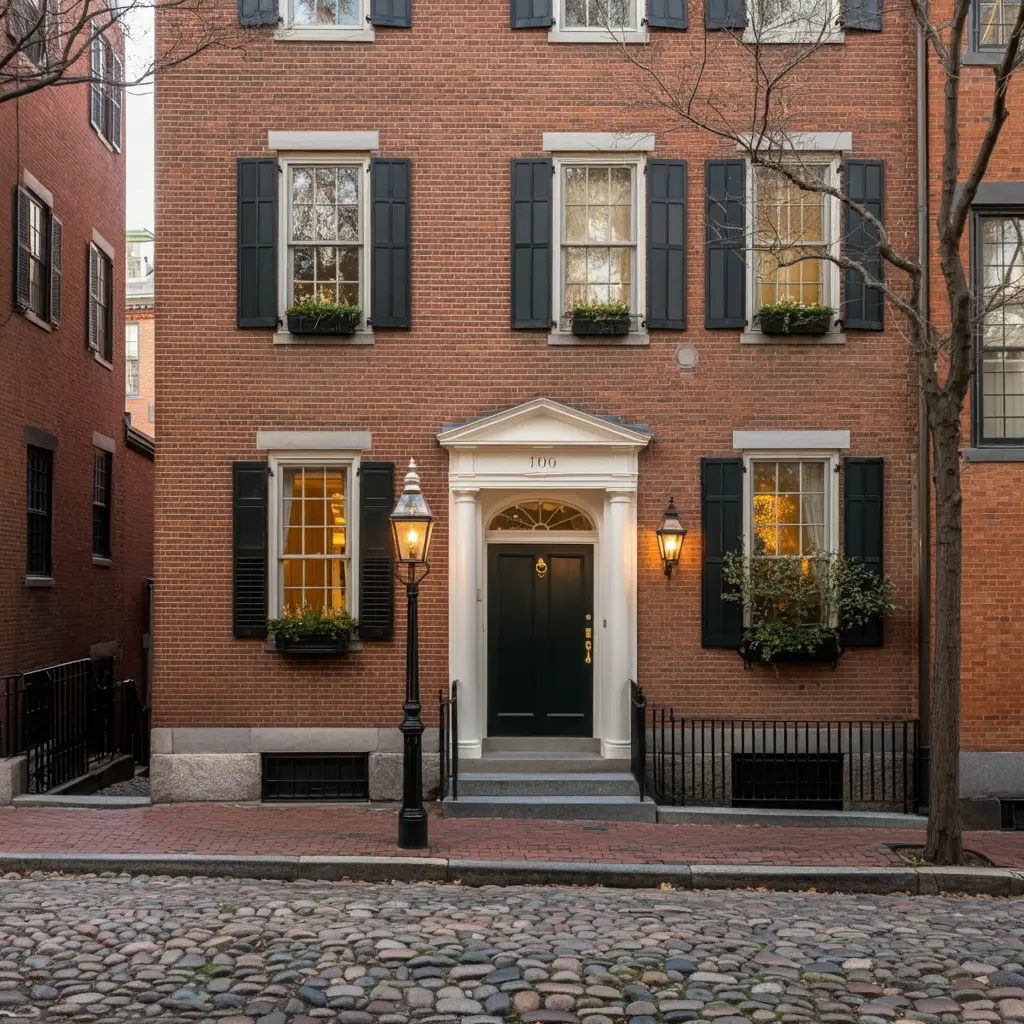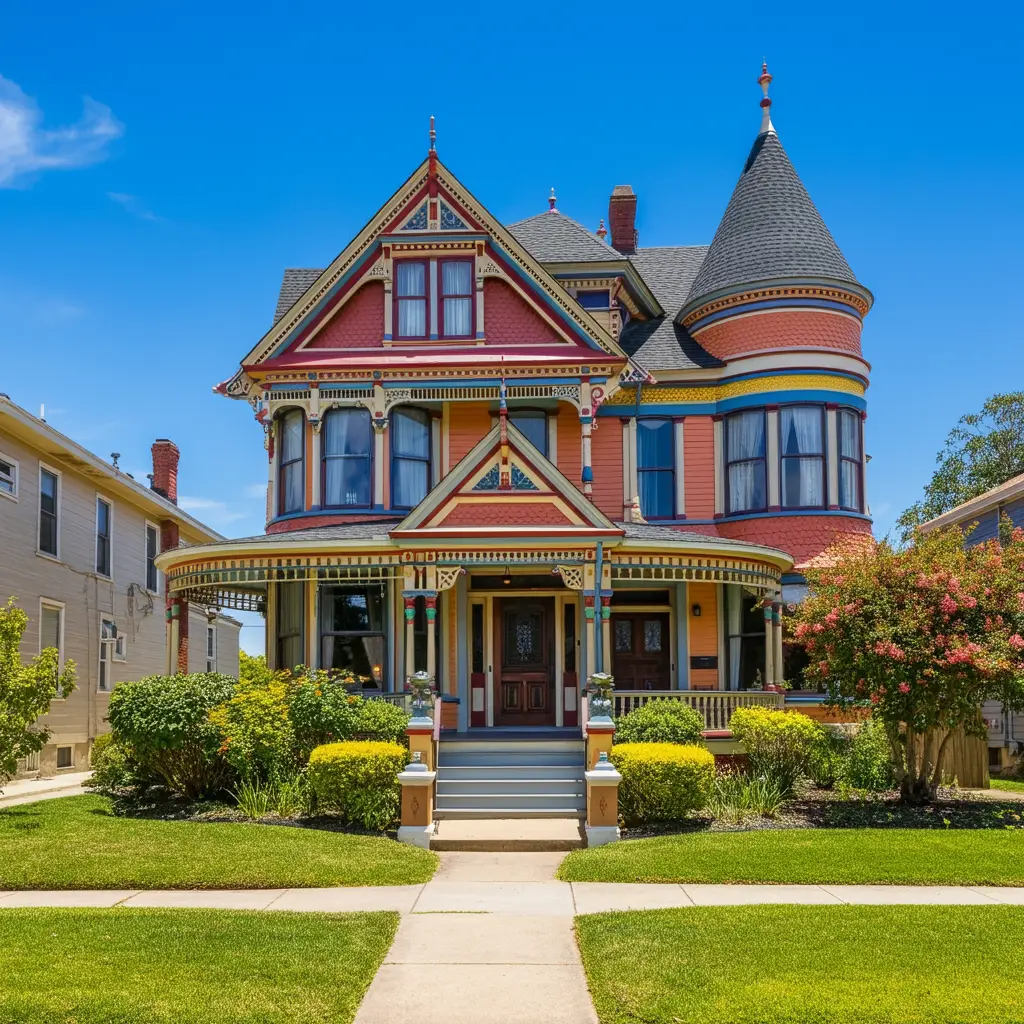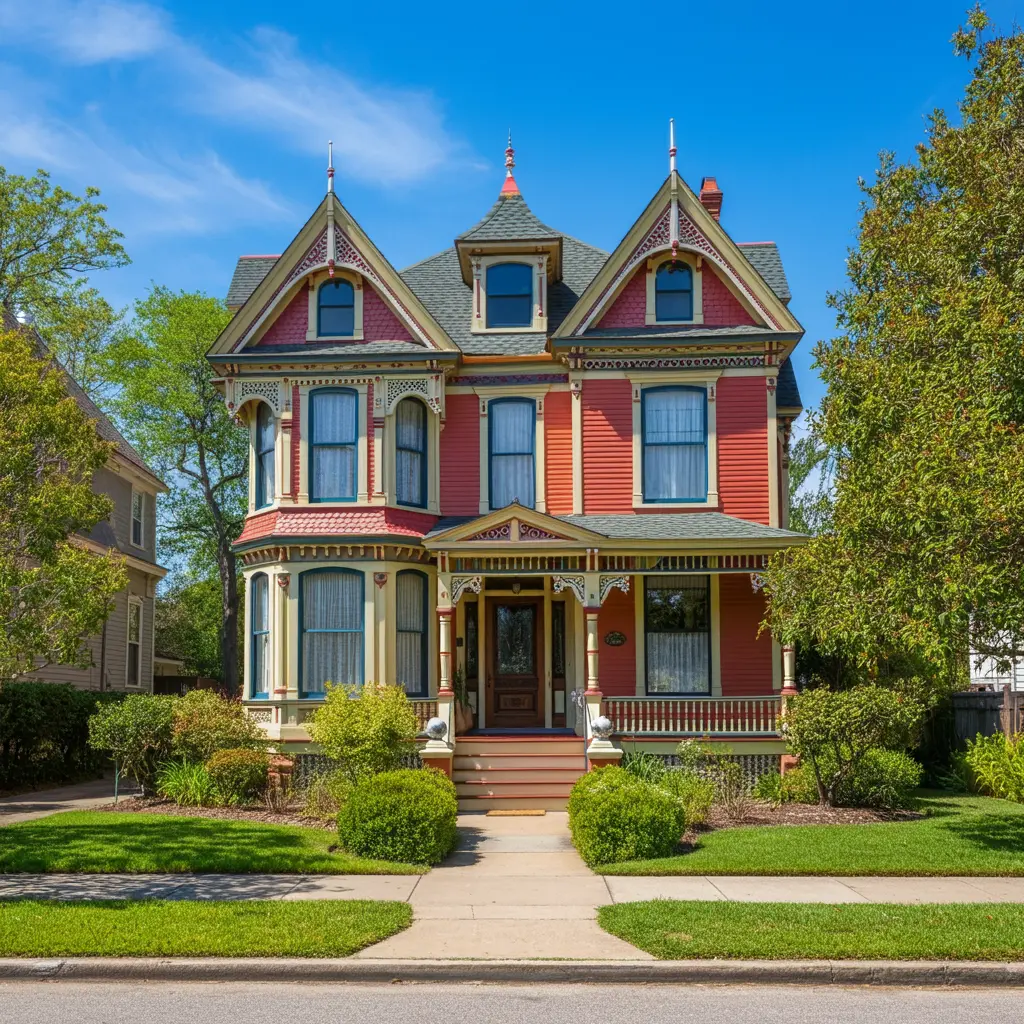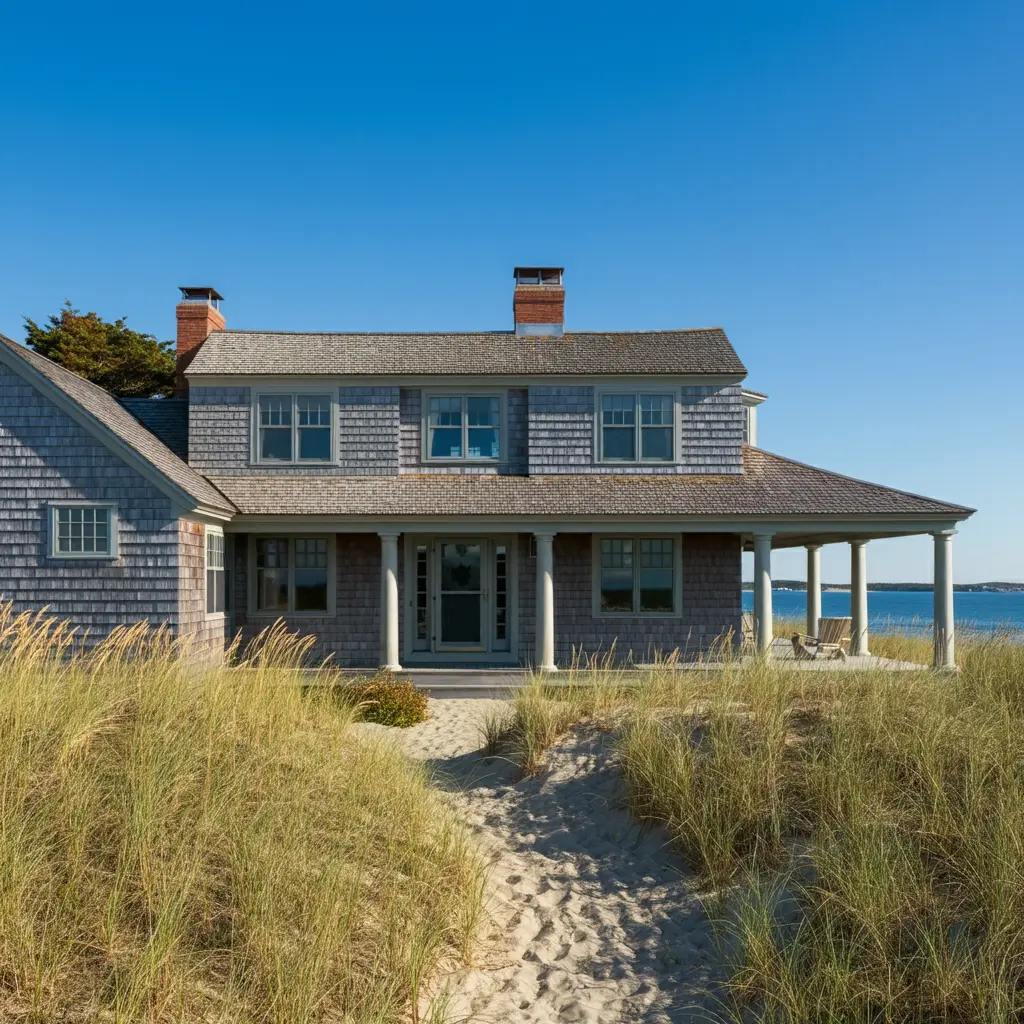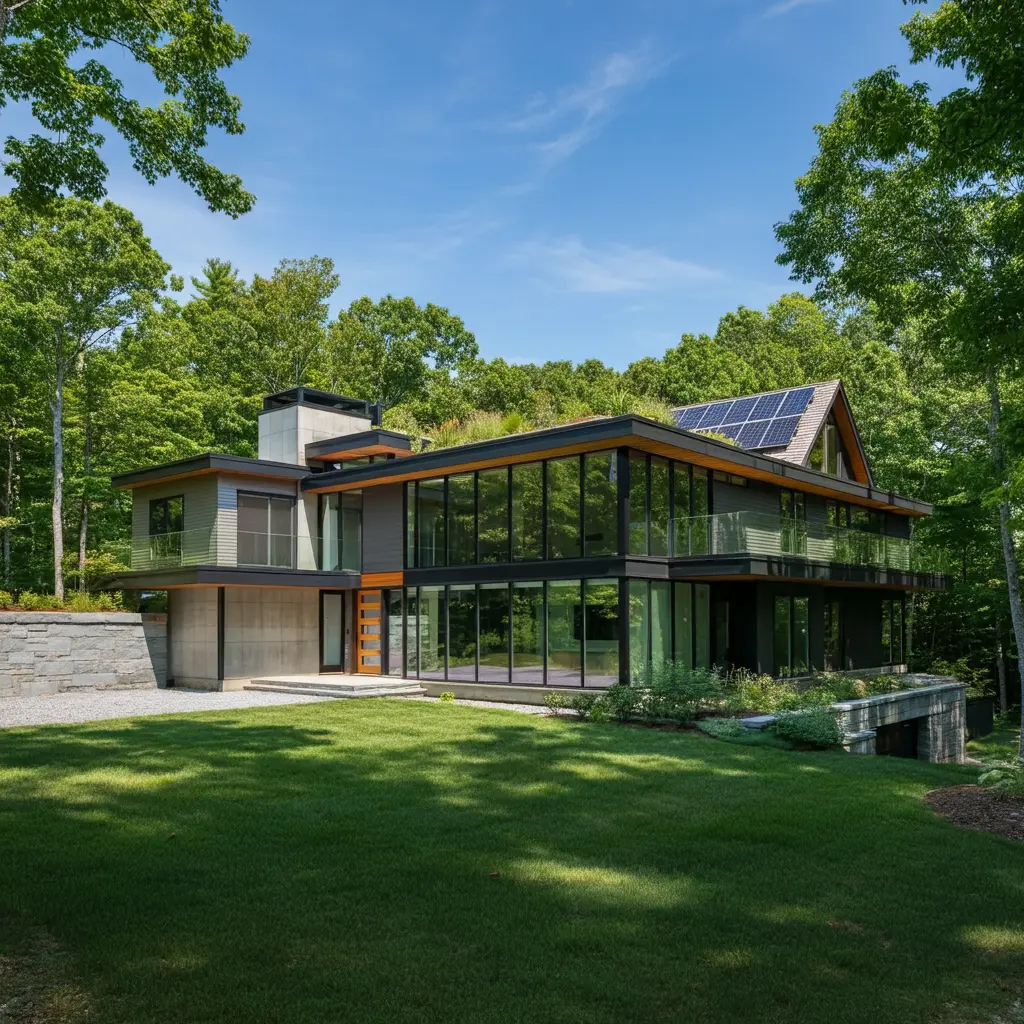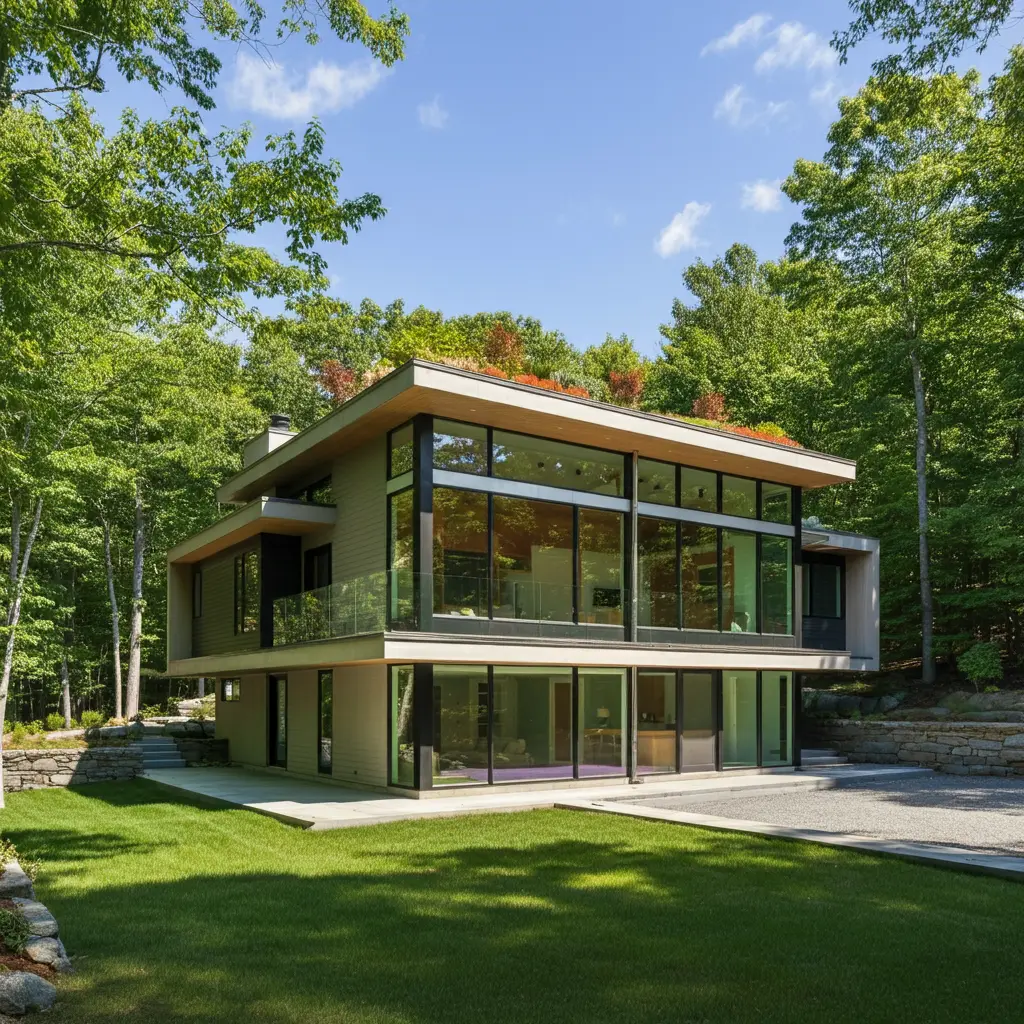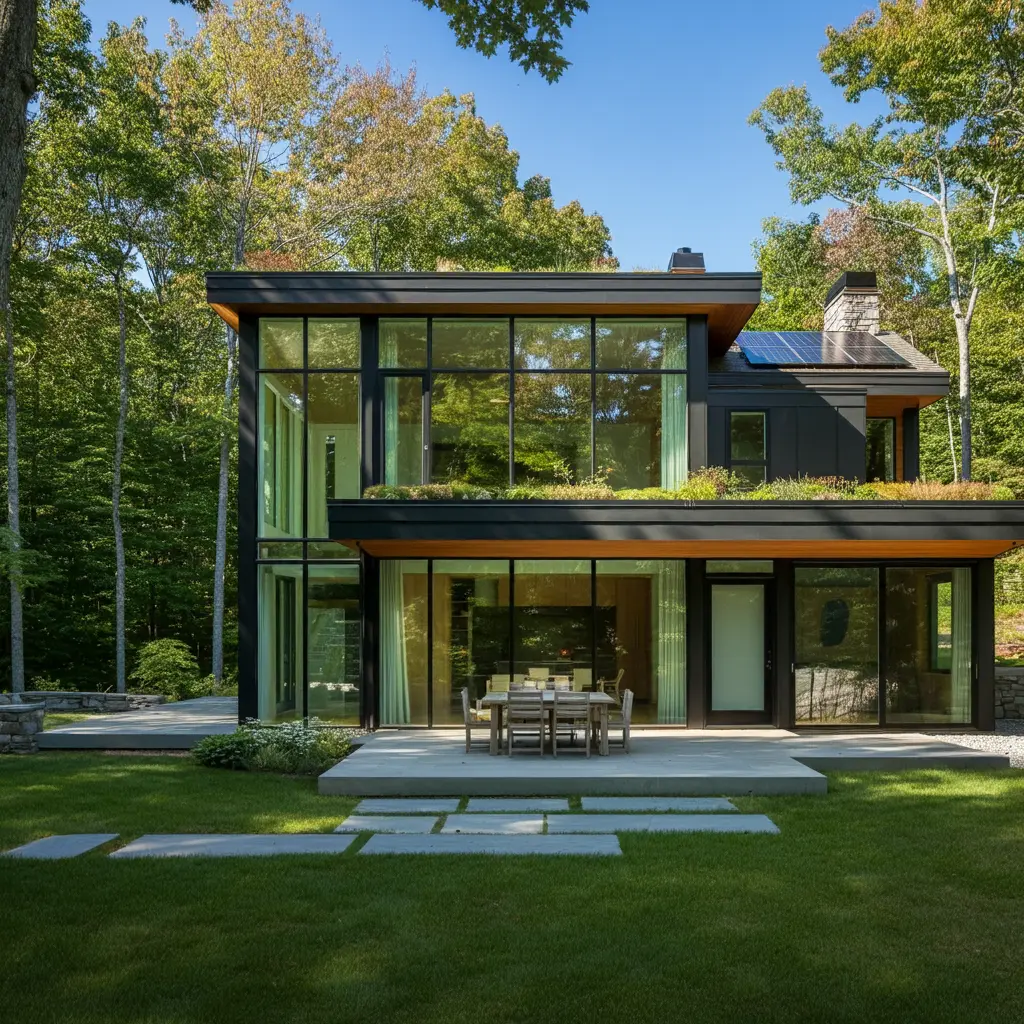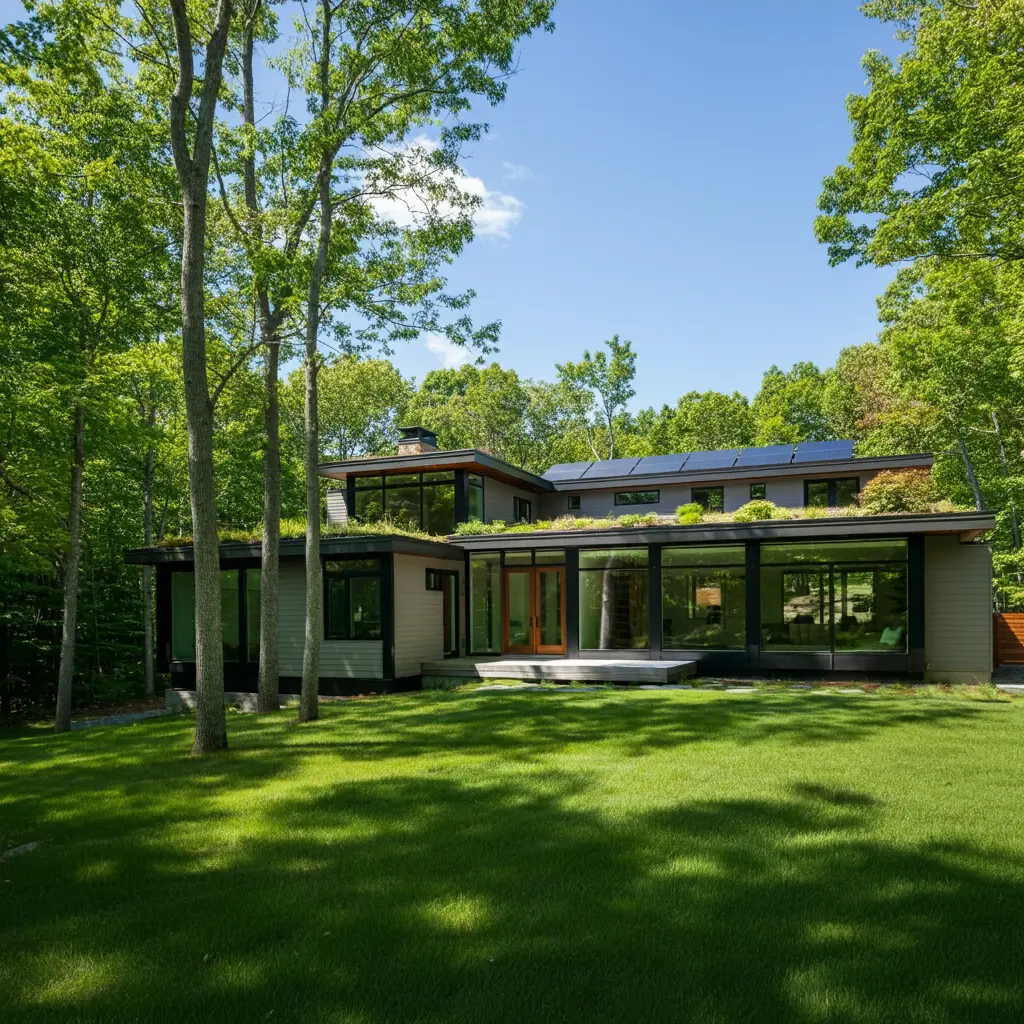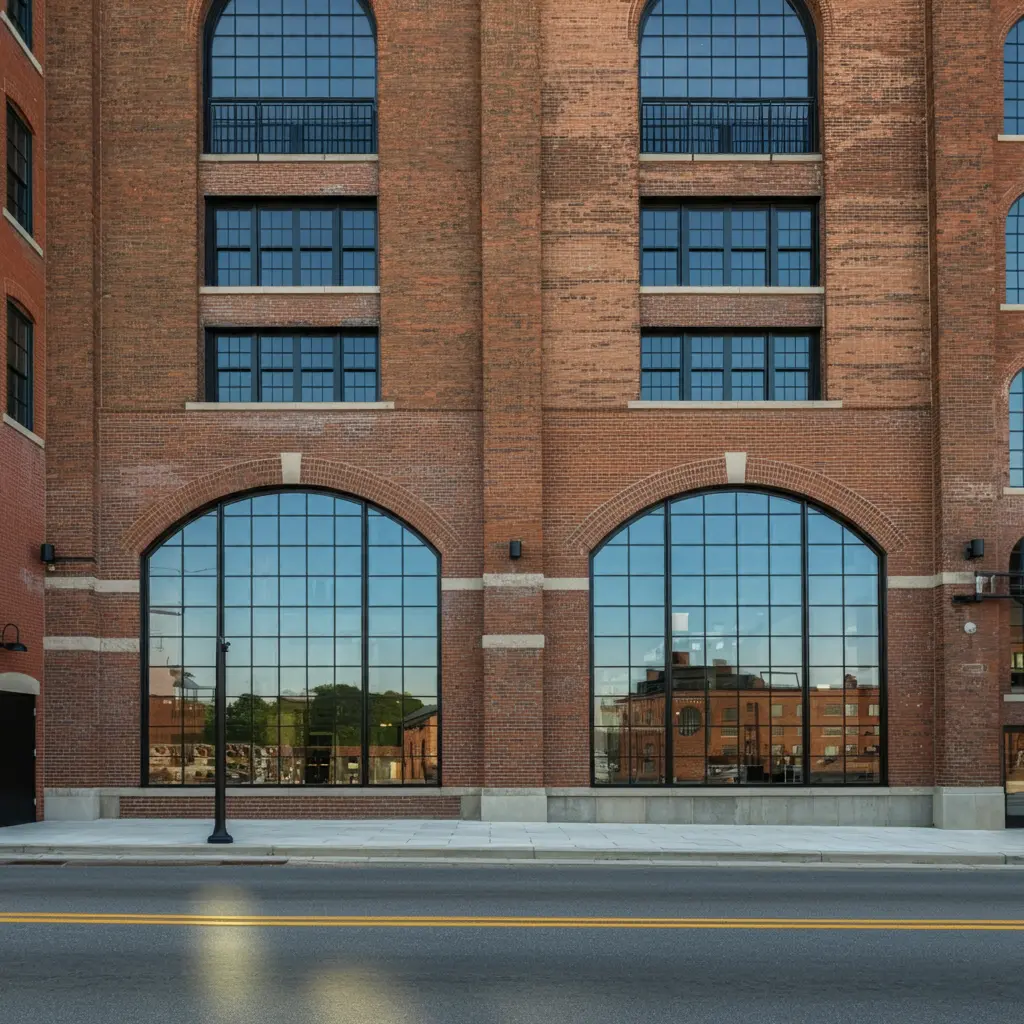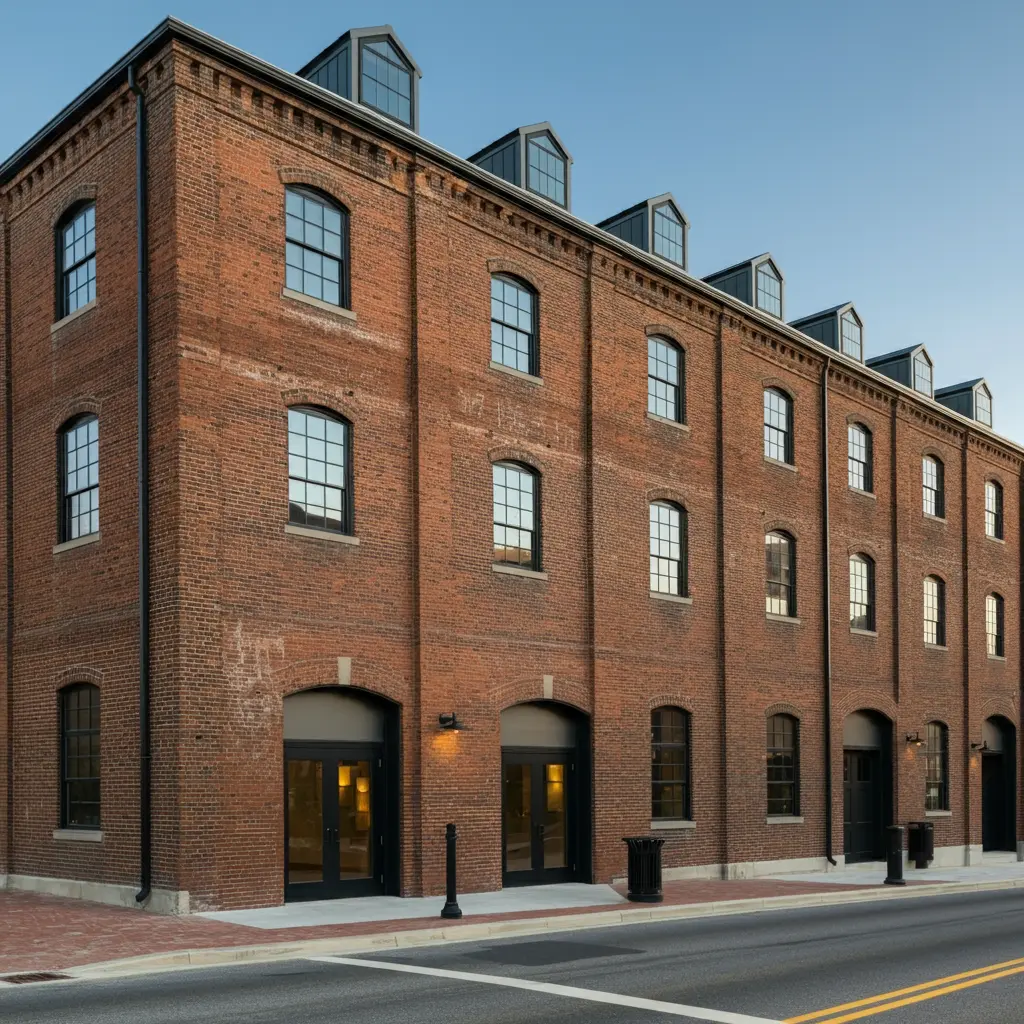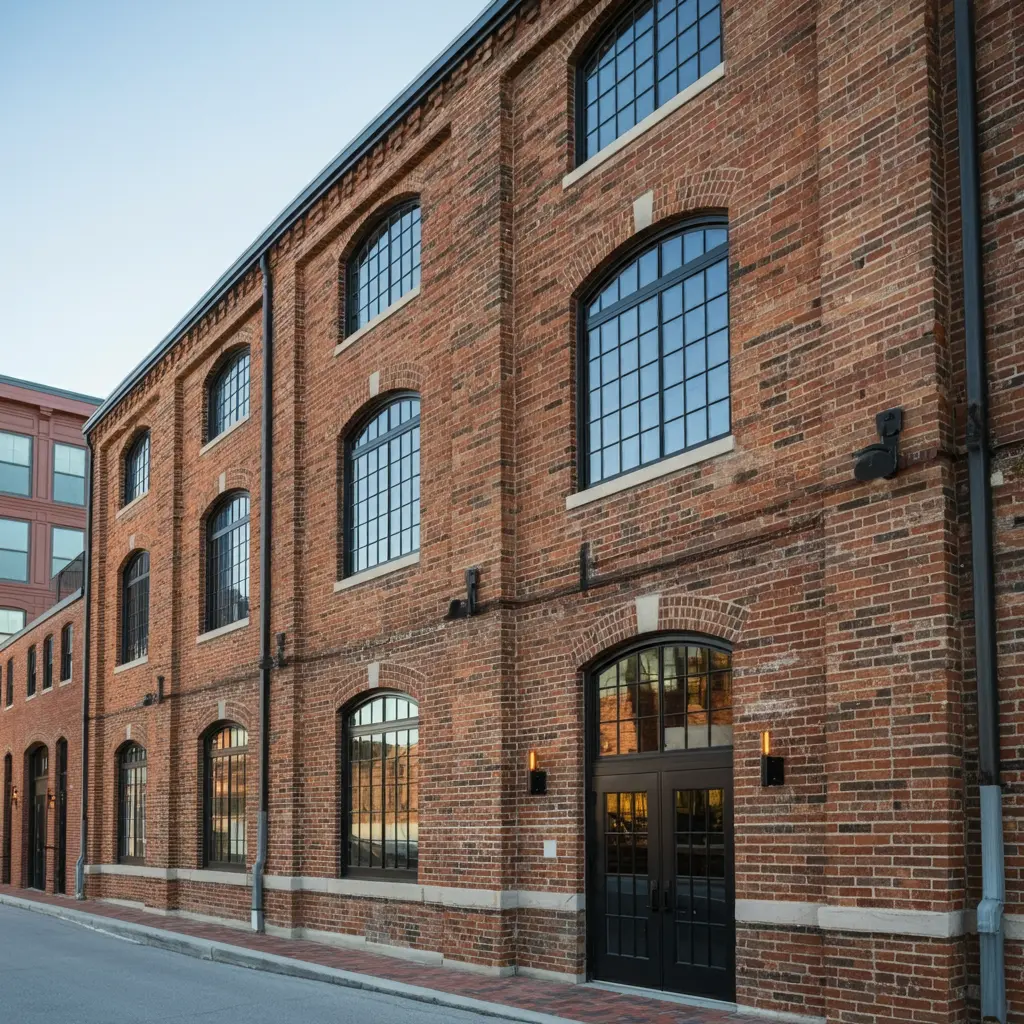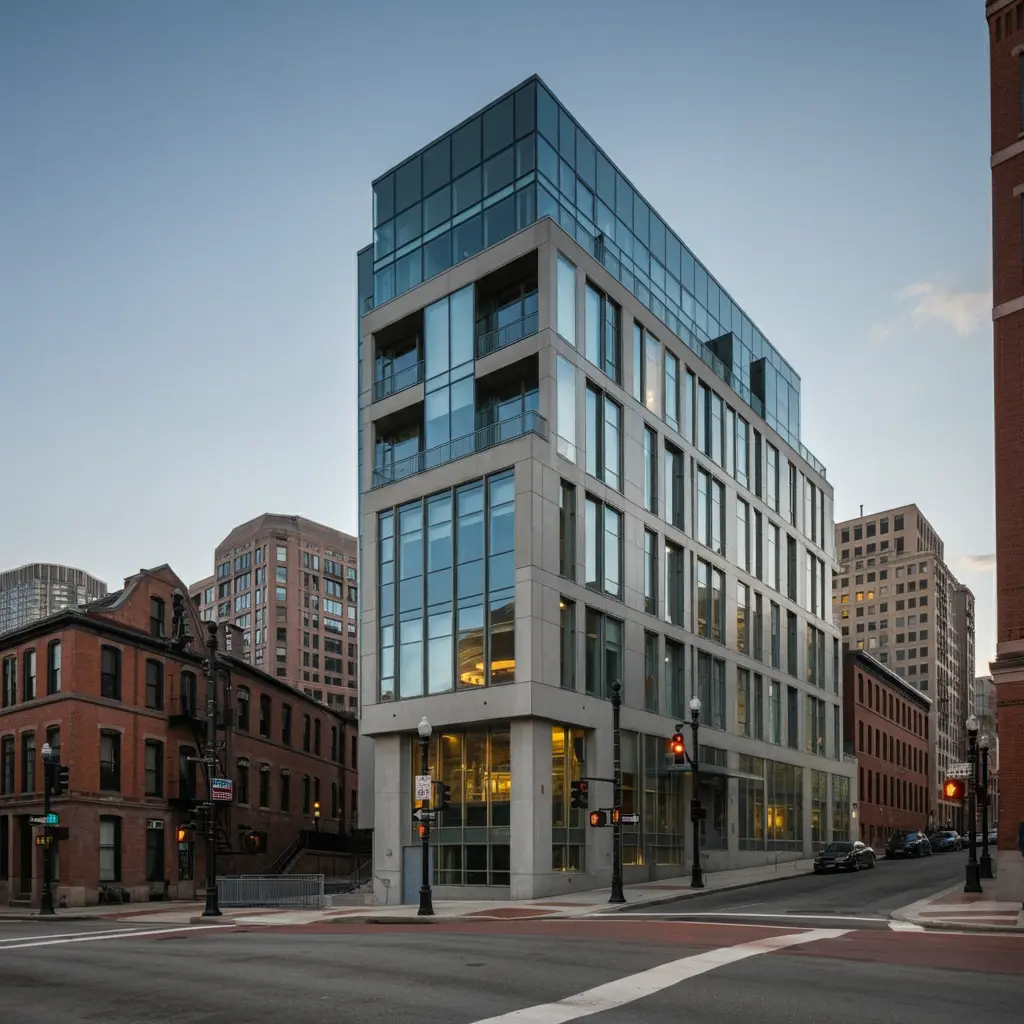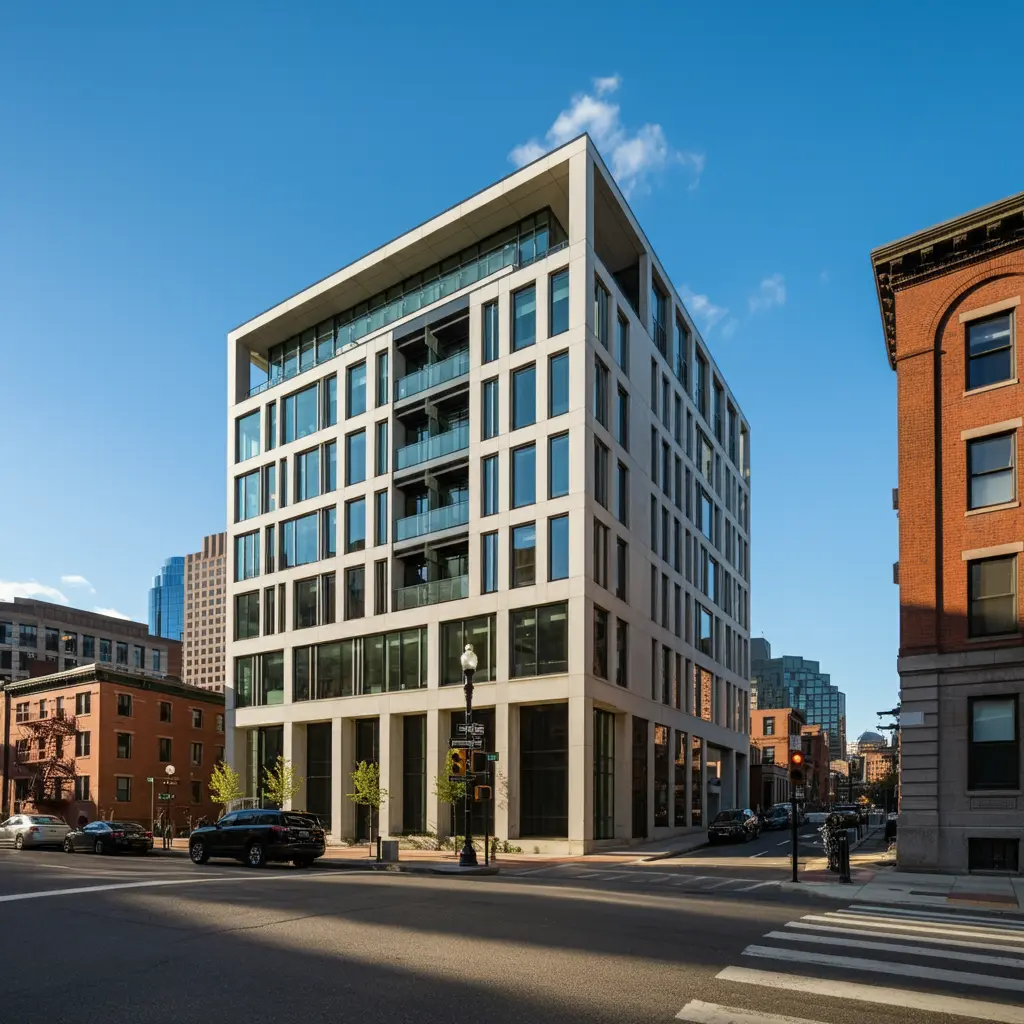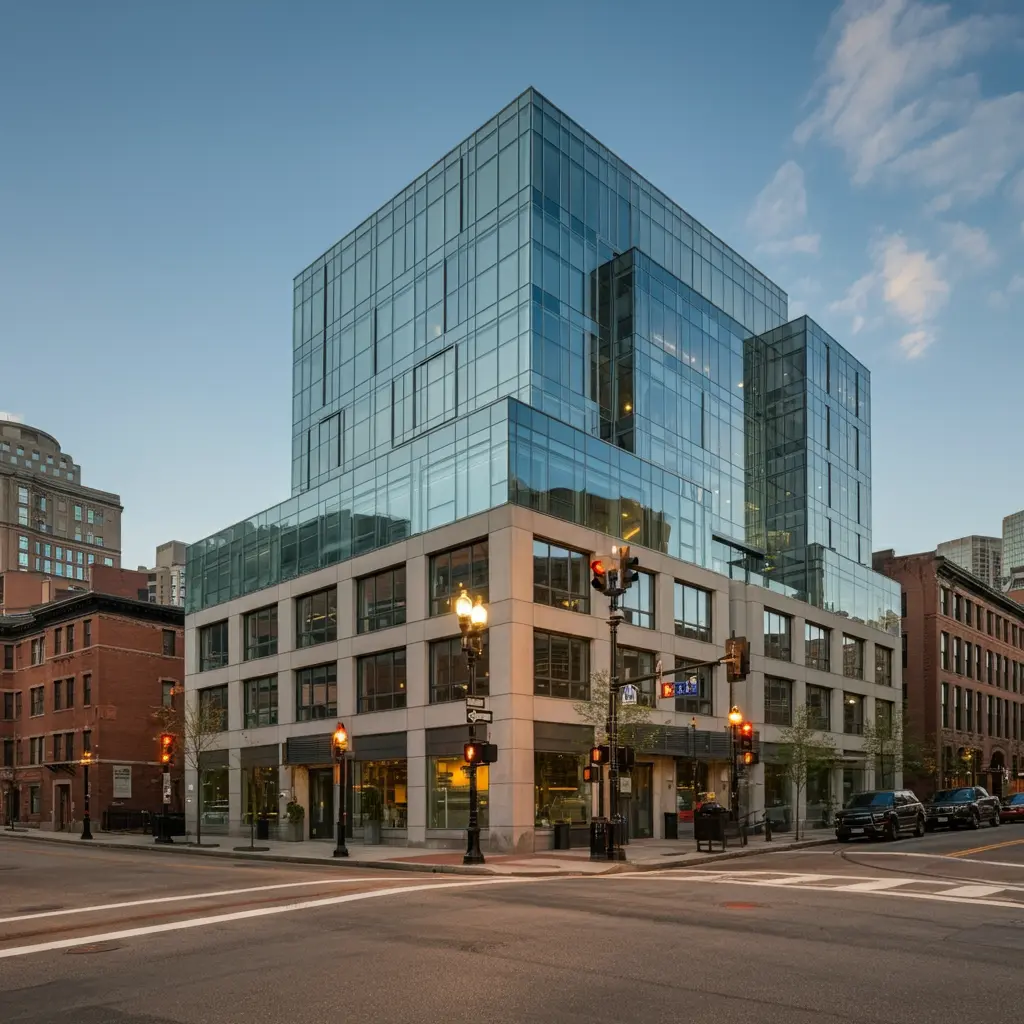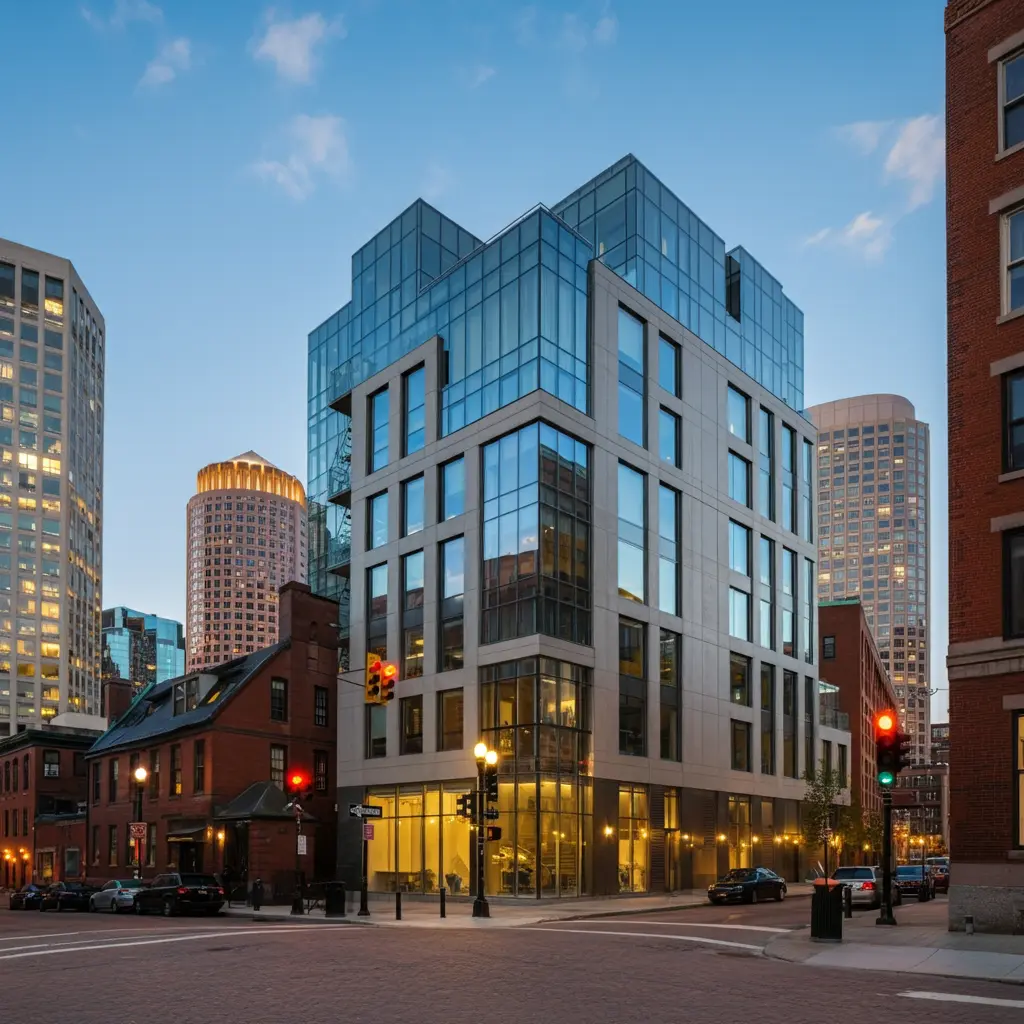New England, and Massachusetts in particular, has long been a significant region in the architectural history of the United States. The state's built environment reflects a rich historical narrative, one that begins with Colonial-era homes and extends to the modern, energy-efficient designs of today. Massachusetts is a tapestry of architectural styles, blending tradition with innovation and reflecting both the cultural heritage of the region and the forward-thinking spirit of its people.
When it comes to successfully blending legacy and modern design, few architectural designers stand out as much as Paulo Santos, whose work bridges the gap between preserving the past and embracing contemporary trends. His expertise shines through in every project, from historic restorations to cutting-edge sustainable homes.
Historic Designs: A Look Back
Colonial and Georgian Architecture
When we think of New England's historical architecture, the Colonial style is often the first to come to mind. The early settlers in the 17th century constructed simple, functional homes using readily available materials, primarily wood. These homes, characterized by steep roofs, large central chimneys, and symmetrical facades, were designed to withstand harsh winters and provide basic shelter.
As Massachusetts grew and prospered, architectural tastes became more refined. By the early 18th century, Georgian architecture emerged as a popular style. Georgian homes were known for their symmetry, formal layouts, and decorative elements like brick facades, dormer windows, and paneled doors with pediments. These homes represented the colonial elite’s desire for both style and status. Notable examples of Georgian architecture can be found in Boston's Beacon Hill and surrounding towns, preserving the elegance of this period.
Federal and Greek Revival Styles
Following the Revolutionary War, American architects sought to break away from British influences, giving rise to the Federal style. In Massachusetts, this style is seen in brick townhouses, often with fanlight windows, sidelights flanking front doors, and elliptical arches. Salem and Boston’s Federal-era homes showcase this desire for a distinct American identity, reflecting the growing nation’s emphasis on democracy and individualism.
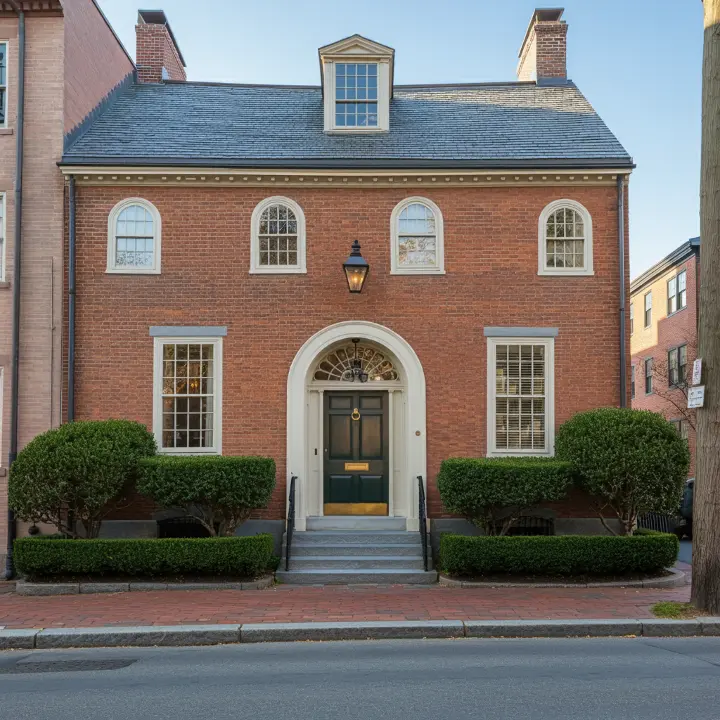
In the 19th century, Greek Revival architecture became popular across New England, including Massachusetts. Drawing inspiration from the classical architecture of ancient Greece, which was associated with democratic ideals, Greek Revival buildings were marked by tall columns, pediments, and a strong, stately presence. Many courthouses, churches, and educational institutions built during this time adopted these architectural motifs, creating a sense of grandeur and permanence.
Victorian and the Shingle Style
By the mid-19th century, Massachusetts saw a shift toward more ornate and eclectic architectural designs. Victorian styles, including Italianate, Gothic Revival, and Queen Anne, became prominent. These homes featured complex rooflines, intricate woodwork, large bay windows, and decorative elements like turrets and wrap-around porches.
The Shingle Style, a uniquely American architectural trend, also originated in New England during this time. Designed to blend into the coastal landscape, Shingle Style homes often have irregular shapes, extensive porches, and are clad in wood shingles that weather beautifully over time. Massachusetts’ coastal towns, like Cape Cod and Martha’s Vineyard, are known for their quintessential Shingle Style homes, which evoke a sense of rustic elegance and seaside charm.
Modern Trends in Massachusetts Architecture
Sustainable and Energy-Efficient Design
In recent decades, Massachusetts has become a leader in sustainable and energy-efficient design, reflecting a broader trend in modern architecture. The state's stringent energy codes and focus on environmental stewardship have driven architects to innovate with eco-friendly materials, passive solar designs, and energy-efficient building systems.
Net-zero homes, which produce as much energy as they consume, are becoming more common throughout the state. These homes often incorporate solar panels, high-performance insulation, and energy-efficient appliances. In urban settings like Boston, developers are focusing on creating greener buildings with features such as green roofs, rainwater harvesting systems, and energy-efficient heating and cooling technologies.
Adaptive Reuse of Historic Buildings
With so many historic structures in Massachusetts, adaptive reuse has become an increasingly popular trend. Rather than demolishing old buildings, architects and developers are repurposing them for modern uses while preserving their historic character. This approach allows communities to maintain their architectural heritage while meeting contemporary needs.
Former factories and mills in cities like Lowell and Worcester have been transformed into residential lofts, offices, and commercial spaces. This trend helps revitalize urban areas, conserve resources, and maintain a connection to the past, blending historic charm with modern functionality.
Minimalism and Contemporary Design
While Massachusetts is known for its traditional architecture, the state has also embraced contemporary design trends, particularly in urban areas. Clean lines, open floor plans, and minimalist aesthetics characterize modern homes and commercial buildings, contrasting with the ornate and decorative styles of the past.
In cities like Boston and Cambridge, modern architecture often seeks to harmonize with the historic surroundings while still standing out as a bold statement of contemporary life. Glass, steel, and concrete are frequently used in innovative ways to create buildings that feel light, transparent, and connected to their environment.
The Intersection of Old and New
Architectural design in Massachusetts is a testament to the state’s ability to balance the old and the new, respecting its rich history while embracing modern trends and technologies. From Colonial and Georgian homes that remind us of the state's early days to energy-efficient, sustainable designs that look toward the future, Massachusetts remains a fascinating landscape for architectural exploration.
Whether walking through the cobblestone streets of Boston’s Beacon Hill or exploring the coastal villages of Cape Cod, one can see the layers of architectural history that define this region. At the same time, modern architecture is paving the way for a new chapter in Massachusetts’ built environment, one that prioritizes sustainability, innovation, and the integration of historical legacy into the future.
In Massachusetts, architecture is not just about building structures; it’s about telling the story of a place and its people—a story that continues to evolve with each passing year.
